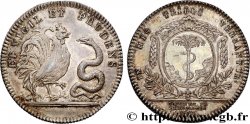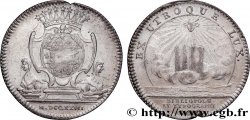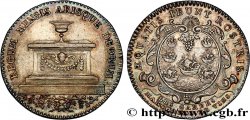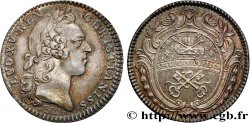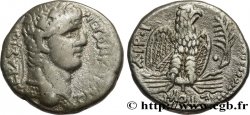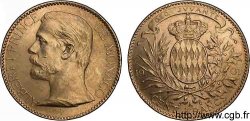fjt_699887 - CORPORATIONS Communauté des distillateurs marchands d’eau de vie, émission de 1732 n.d.
150.00 €(Approx. 171.00$ | 127.50£)
Quantity
Add to your cart

Type : Communauté des distillateurs marchands d’eau de vie, émission de 1732
Date: n.d.
Metal : silver
Diameter : 28 mm
Orientation dies : 6 h.
Weight : 5,48 g.
Rarity : R1
Coments on the condition:
Patine irisée au revers
Catalogue references :
Obverse
Obverse legend : LUD. XV. REX - CHRISTIANISS..
Obverse description : Buste à droite de Louis XV, signé DU VIV., type Guéant Prieur 550M.
Obverse translation : Louis XV, roi très chrétien.
Reverse
Reverse legend : TOTUM IN SPIRITU IN - CORPORE NIHIL ; À L'EXERGUE : COMMUNAUTE DES DISTILLATEURS MDS D'EAU DE VIE.
Reverse description : Saint Louis à genoux à droite, implorant l'Esprit Saint. Devant lui, un alambic, des symboles royaux et en bas de l’exergue deux palmes croisées.
Reverse translation : Tout est dans l'esprit, rien dans le corps.
Commentary
Il existe deux coins de revers pour cette corporation. Le premier chronologiquement se caractérise par deux palmes croisées en bas de l’exergue du revers.
La distillation de l'eau-de-vie a été faite pendant longtemps par les vinaigriers et les épiciers apothicaires. En 1624, le droit de faire des eaux-de-vie est formée en spécialité distincte tandis que les vinaigriers et apothicaires continuent d'avoir le droit de distillation. En 1639, le métier passe sous la juridiction de la Cour des monnaies sous prétexte de fabrications d'acides pouvant altérer les monnaies. Vers 1676, la corporation compte environ 250 maîtres avec les limonadiers. La devise du revers est strictement liée à la corporation des distillateurs (F. 5078-5085).
Cet exemplaire illustre le type dans le Guéant-Prieur.
La distillation de l'eau-de-vie a été faite pendant longtemps par les vinaigriers et les épiciers apothicaires. En 1624, le droit de faire des eaux-de-vie est formée en spécialité distincte tandis que les vinaigriers et apothicaires continuent d'avoir le droit de distillation. En 1639, le métier passe sous la juridiction de la Cour des monnaies sous prétexte de fabrications d'acides pouvant altérer les monnaies. Vers 1676, la corporation compte environ 250 maîtres avec les limonadiers. La devise du revers est strictement liée à la corporation des distillateurs (F. 5078-5085).
Cet exemplaire illustre le type dans le Guéant-Prieur.







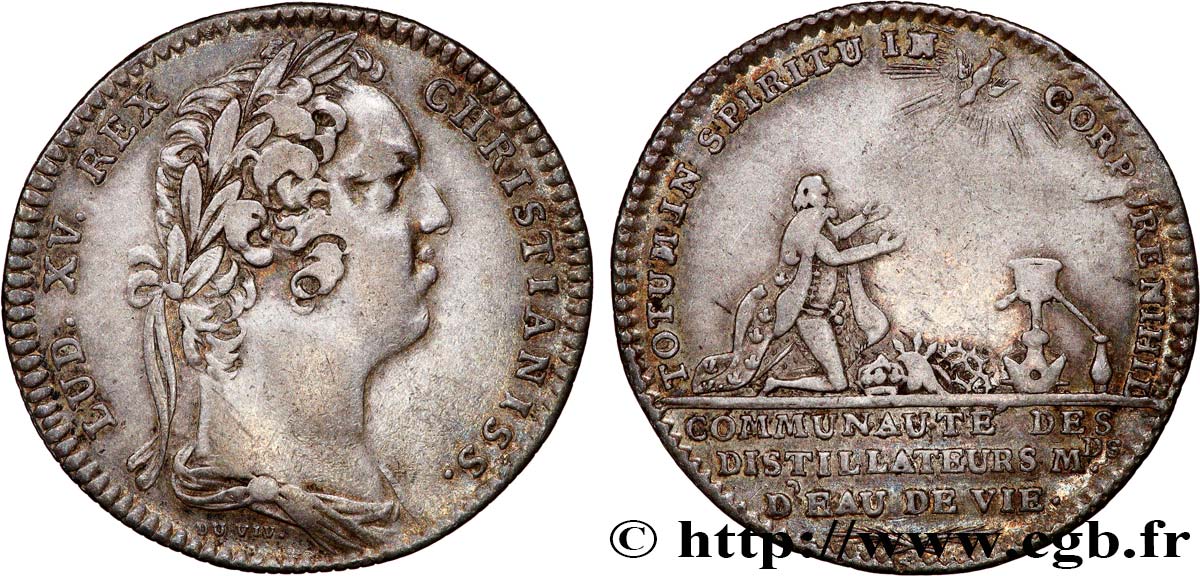
 Report a mistake
Report a mistake Print the page
Print the page Share my selection
Share my selection Ask a question
Ask a question Consign / sell
Consign / sell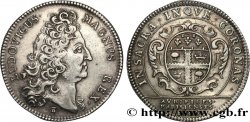
 Full data
Full data